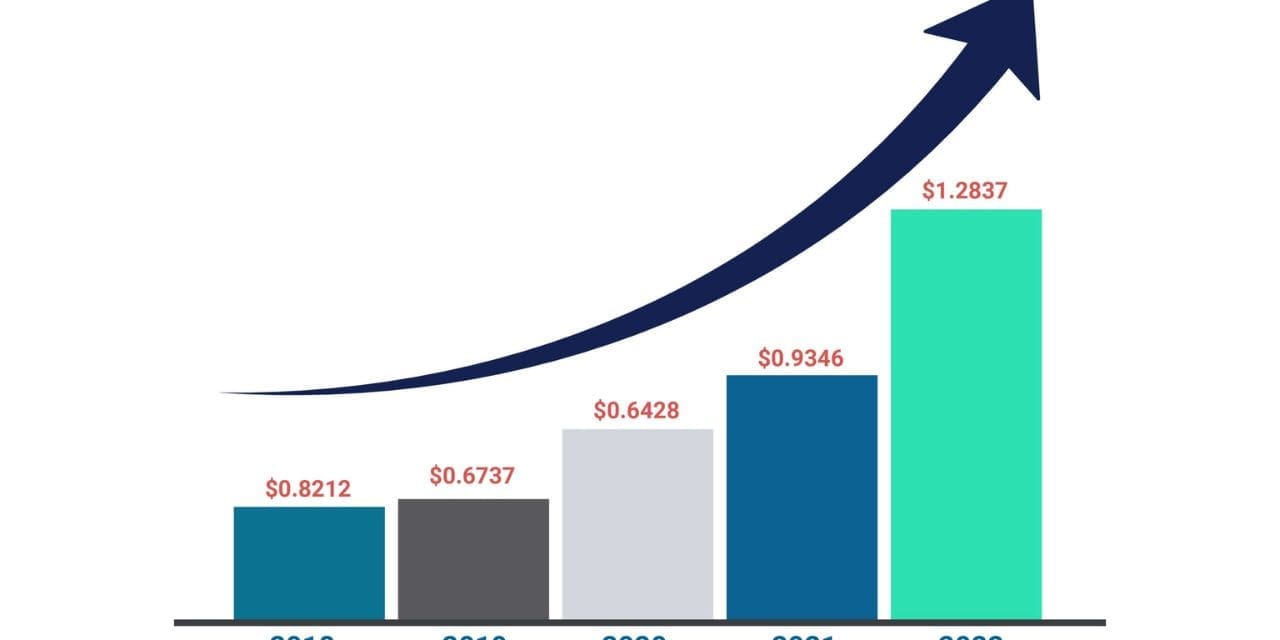The North’s expected cotton production is up approximately 20,000 bales from earlier estimates, at 51.97 lakh bales. In Gujarat, Maharashtra, and Madhya Pradesh, the area planted with cotton has increased by 8% to 14%. An astounding yield of 388 lakh quintals, up from 325 lakh quintals last year, is anticipated in Maharashtra. As a result, India’s cotton production is expected to increase to 30 million bales in 2007-2008 from 28 million bales in 2006-07.
Nevertheless, a rise in cotton production is having the opposite effect on prices. Once the season starts, an increase in cotton prices of Rs 100-150 per quintal is anticipated. The US and China’s increased imports are primarily to blame for this. Returning to India, where the ginners are enjoying increased prices, clothing and home textile producers who are already suffering from the rupee pressure is anticipated to endure a difficult condition.
This year, short staple cotton prices increased by around 20% as a result of declining production. The cotton type is mostly utilised to create coarse fabrics like denim. In India, medium staple cotton makes up about 70% of the crop. The production of short staple cotton this year was only half that of the previous year. Additionally, the global downturn is anticipated to persist. Short staple cotton is now 25–30% more expensive than it was at this time last year. Also, this condition would result in a worldwide shortage of short staple fibres due to a significant drop in manufacturing of those materials.
According to experts, the price of cotton may increase by 8 to 9% globally in Due to rising costs for soybeans, corn, wheat, and other oilseeds used in the production of biofuel, it is predicted that the US’s cotton harvesting area will decrease by a further 15% in 2009. The government is looking into cutting import duties from 10% to 5% and eliminating the special extra tariff of 4.5 percent in order to address the existing demand-supply imbalance. Incentives for exporting like the 1% drawback on packaging materials may also be eliminated by the government.
Analysts gathered opinions from professionals and business leaders in the form of the following questioner in order to have a realistic understanding of the current situation and its impact on the Indian cotton textile sector.

